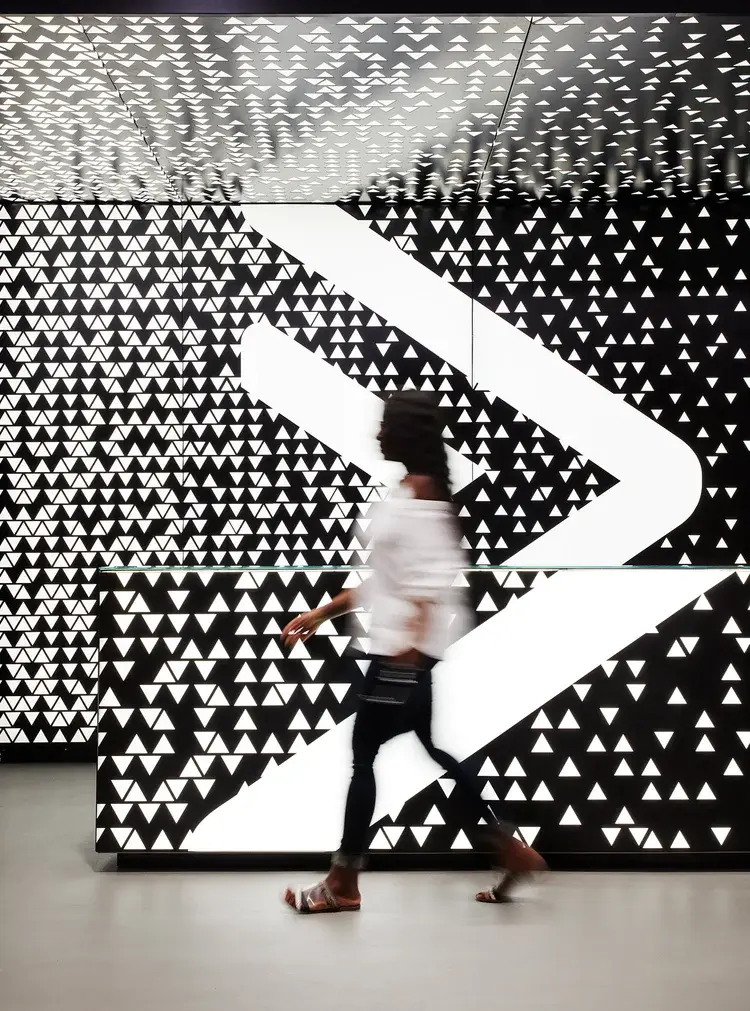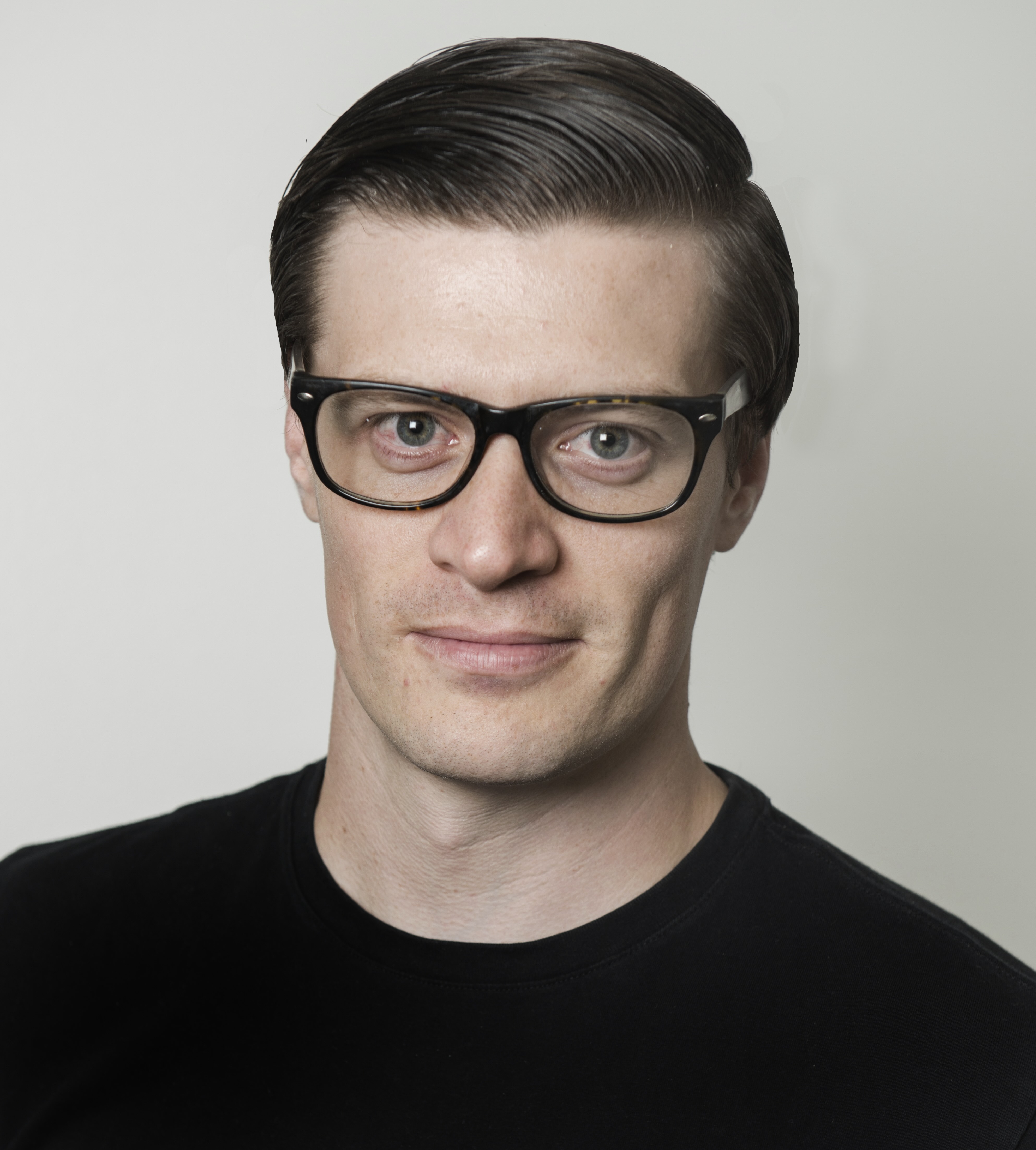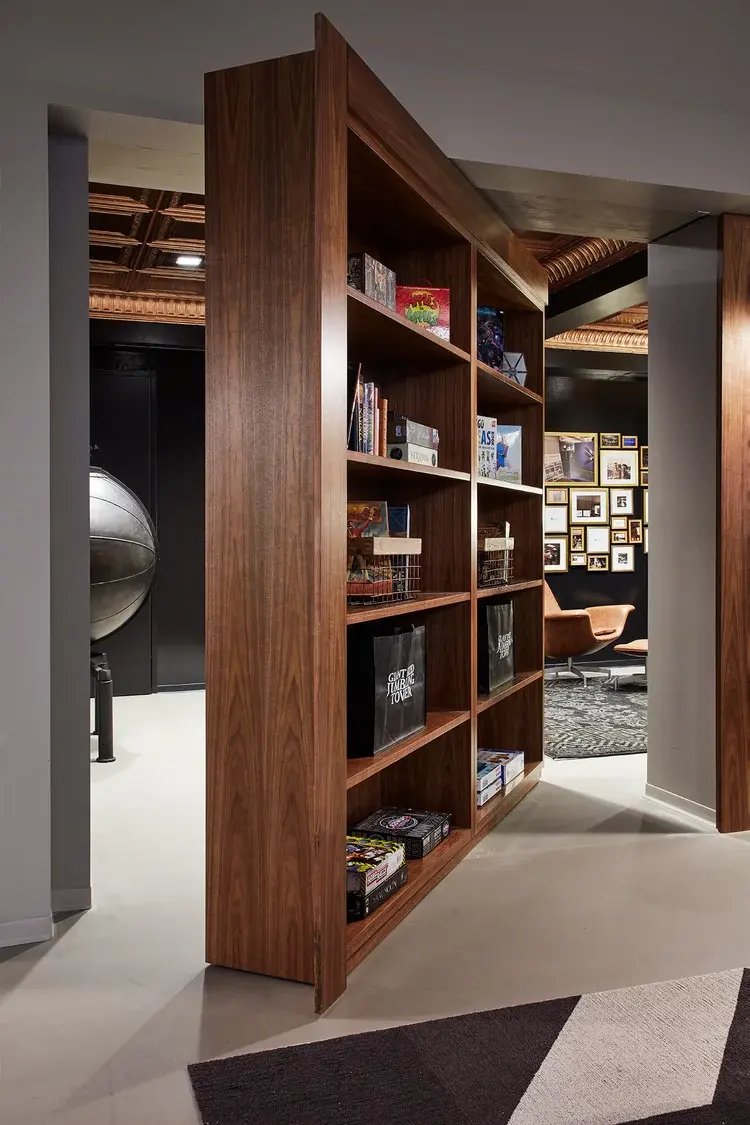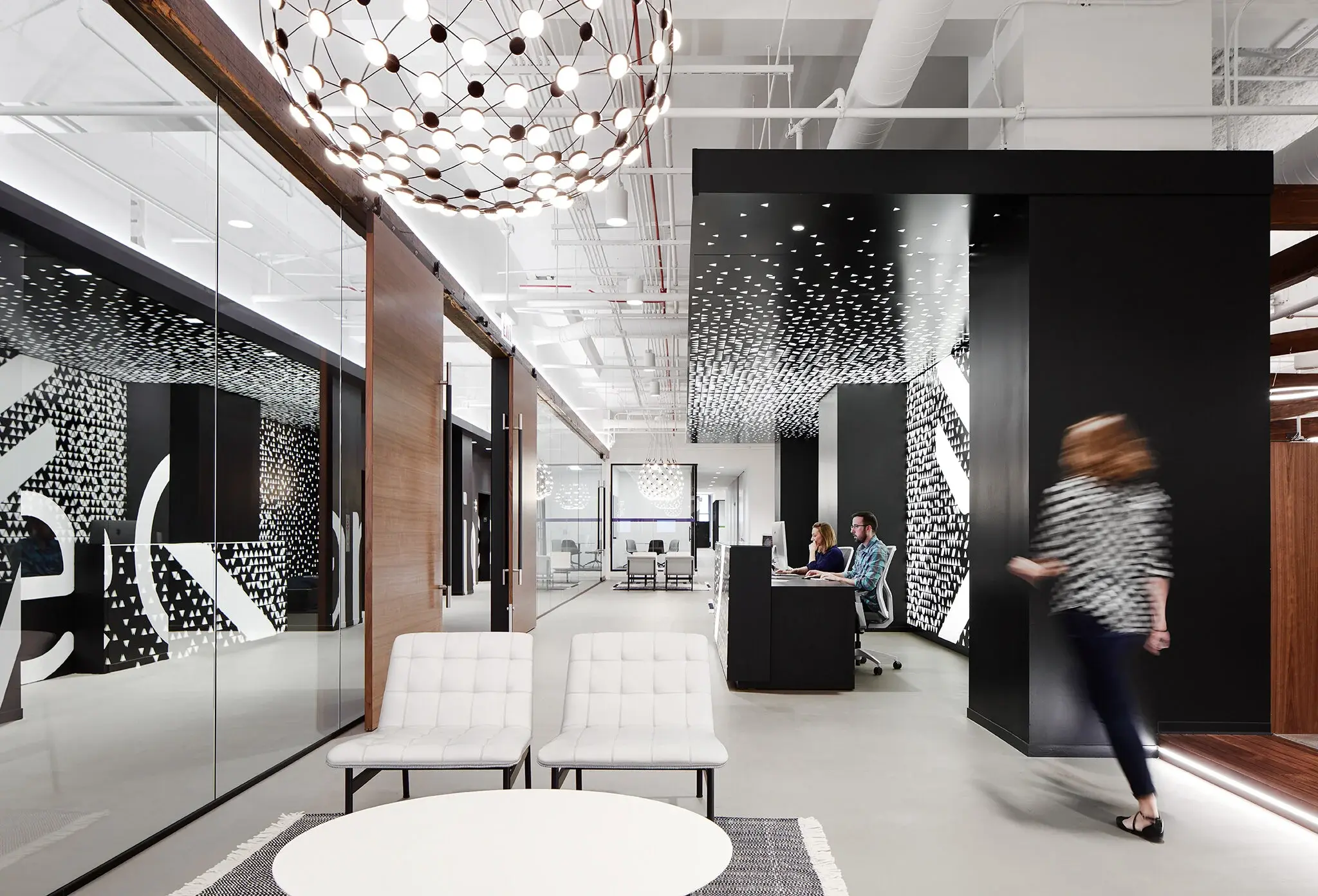
In the latest edition of In Conversation with Luke Miles, NewTerritory’s Co-founder and former Head of Design at Virgin Atlantic, speaks with geniant’s Chief Experience Officer, Physical Space, David Dewane.
Dewane draws on his background in architecture and experience strategy to examine how the principles of hospitality can reshape the modern workplace. Far from being about perks or surface-level comforts, hospitality in this context is about fostering genuine human connection - making people feel seen, valued and part of a community.
The discussion explores how organisations can design offices that act as social ecosystems, balancing flexibility and belonging while creating meaningful emotional experiences. From avoiding the “sameness” that has long plagued office design, to embedding culture and brand identity directly into physical space, Dewane highlights how hospitality-led design can redefine what the workplace means in people’s lives.









